In Artinis NIRS blog, you will find the latest trends in (f)NIRS, NIRS studies and applications, tutor from the leaders of near infrared spectroscopy, not to mention detailed insights and tips and tricks for your research!
Search blog post topic
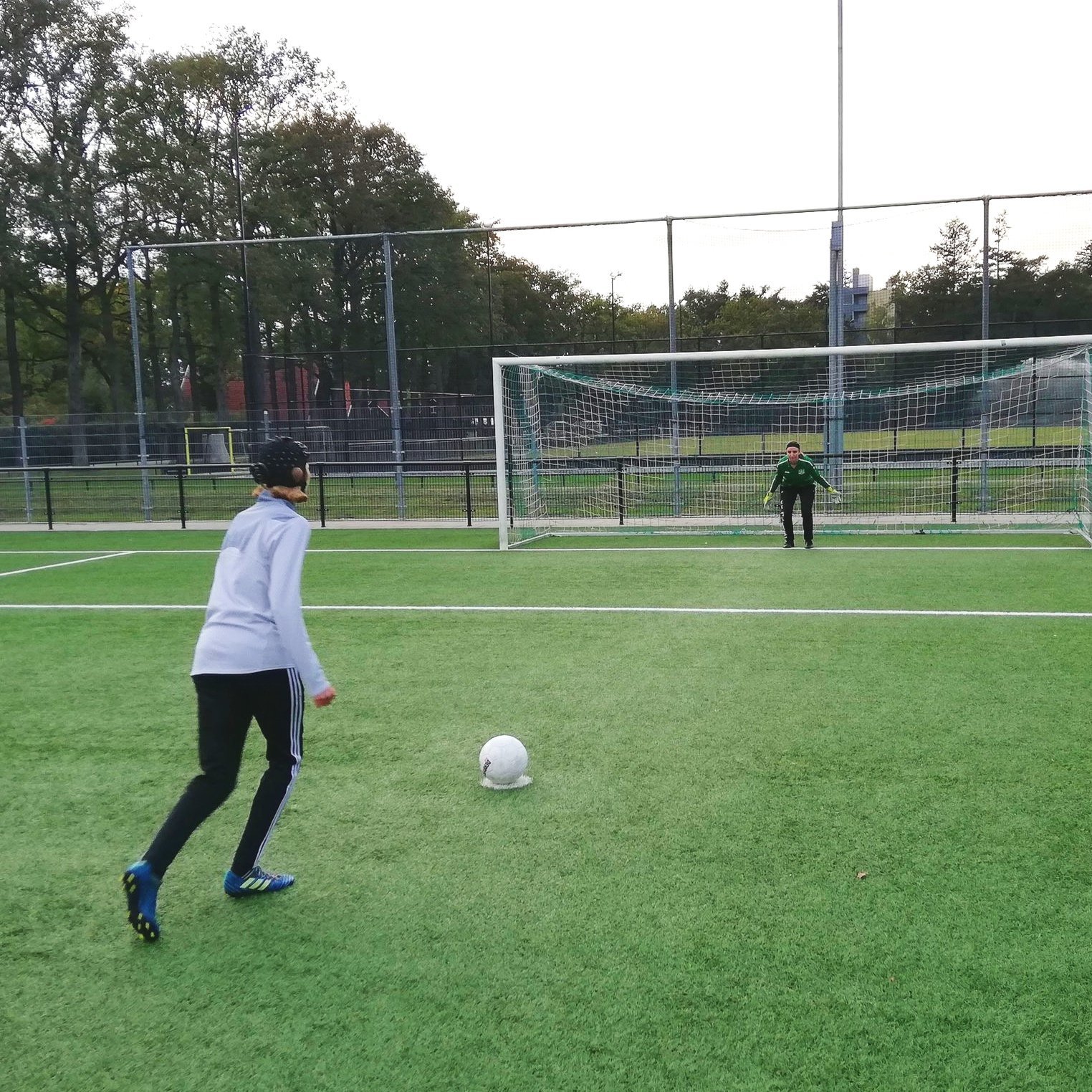
Using fNIRS to measure brain activity on the field during penalty kicks – a video interview with Max Slutter
fNIRS is increasingly used in on-the-field studies. One of the first to perform such a study by measuring brain activity with fNIRS in football players during penalty kicks were Max Slutter and colleagues. Watch our new video interview with Max Slutter to learn more about performing research with fNIRS on the field, and the advantages, but also challenges this might bring with it.
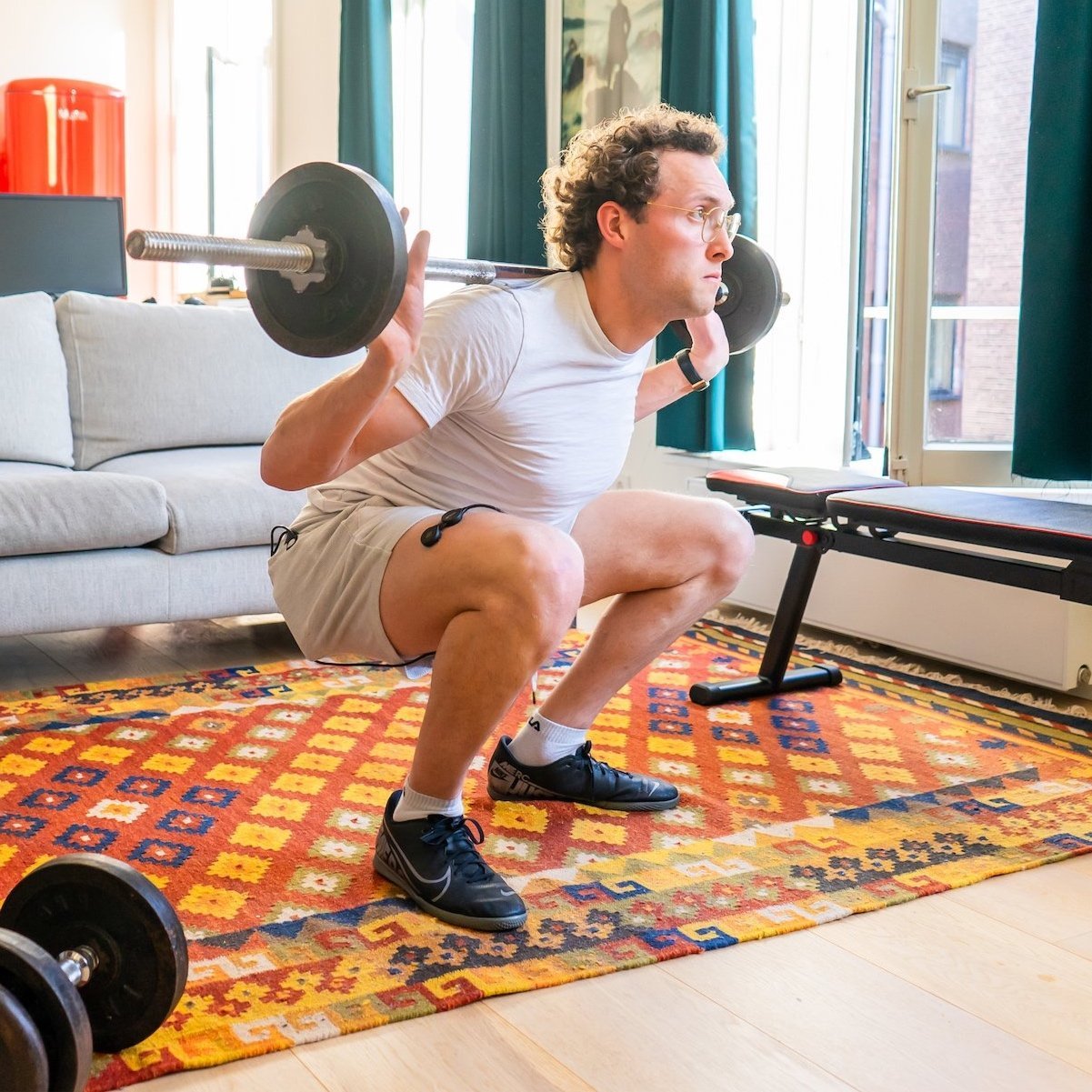
Tissue Saturation Index (TSI) - Absolute oxygenation measure in local tissues
Tissue Saturation Index (TSI) is an absolute measure for the local tissue oxygenation in tissue beneath the sensor. To obtain TSI, a technique called Spatial Resolved Spectroscopy (SRS) is used. TSI can be measured in both brain and muscle. Some of our devices provide the possibility to acquire absolute TSI, next to relative concentration changes in oxy- and deoxygenated hemoglobin. Learn more about the TSI and how to correctly use it in this blogpost.
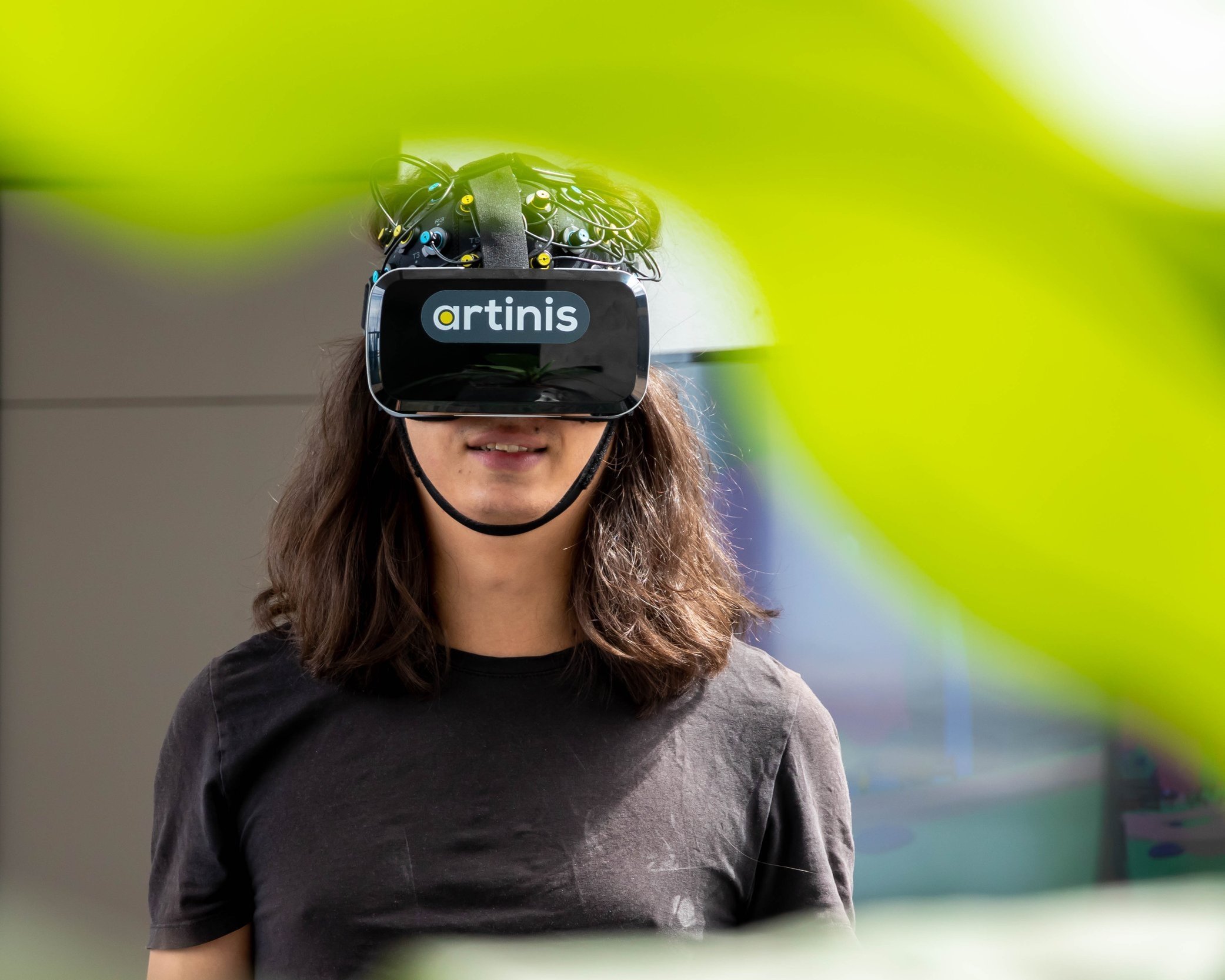
Combining Virtual Reality and wearable fNIRS
The application of Virtual Reality (VR) is becoming increasingly important in clinical and psychological research, for instance in exposure therapy or neurorehabilitation. fNIRS can be used to monitor brain activity during application of VR. We tested simultaneous use of VR and fNIRS with our new device, the Brite Frontal. Read in this blogpost, how this went and which advantages using fNIRS during VR application can demonstrate.
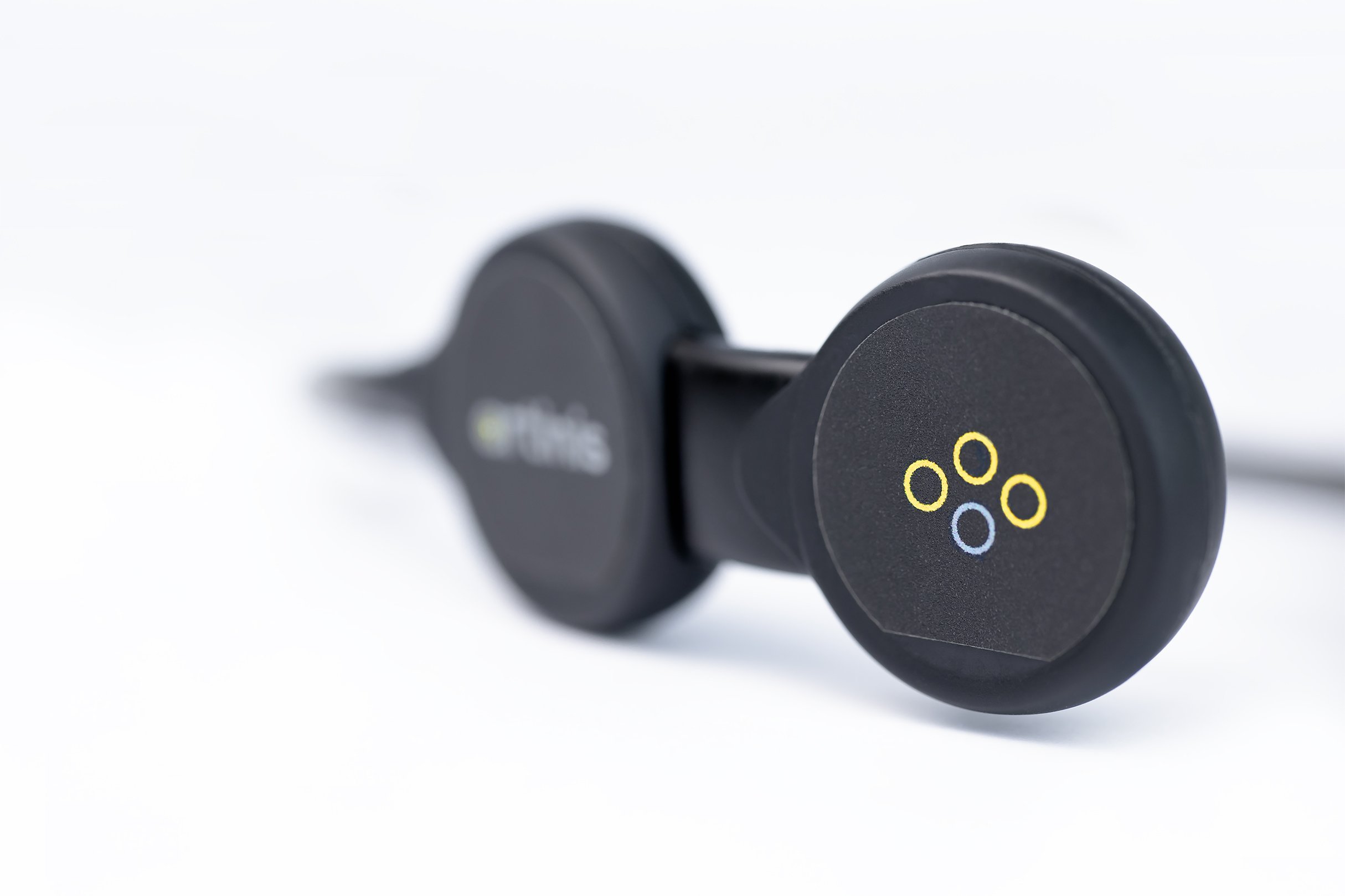
Measuring brain and muscle oxygenation simultaneously using only one device
Interest and importance of simultaneously measuring brain and muscle oxygenation is increasing in various research fields. Our new device, the PortaLite MKII assessment of oxygenation of different tissues and locations by using only one device. Read more about the PortaLite MKII, application possibilities, and features in this blog post.

The PROHEALTH Project – Investigating orthostatic hypotension in elderly by performing continuous NIRS measurements in a home-based setting
Orthostatic hypotension is a form of low blood pressure that is characterized by drops in blood pressure when standing up from a lying or sitting position and frequently occurs in elderly subjects. The PROHEALTH project aims to implement home-based and continuous Near-Infrared-Spectroscopy (NIRS) measurements to detect orthostatic hypotension using the PortaLite (MKII). Read this blog post more about the PROHEALTH project and which targets are followed to reach the goal.
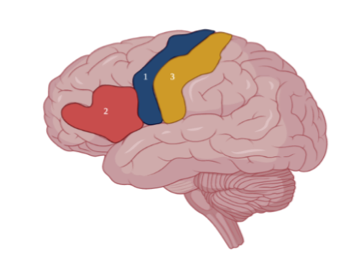
Differences between haemodynamics of planned and spontaneous speech in people who stutter (PWS)
We have received a new update from Liam Barrett, one of the Win a Brite winners, whose research focus is on using biofeedback and fNIRS to promote fluency in people who stutter. In this blog post, he shares his findings on the hemodynamics differences in planned & spontaneous speech between fluent speakers and stuttering people.
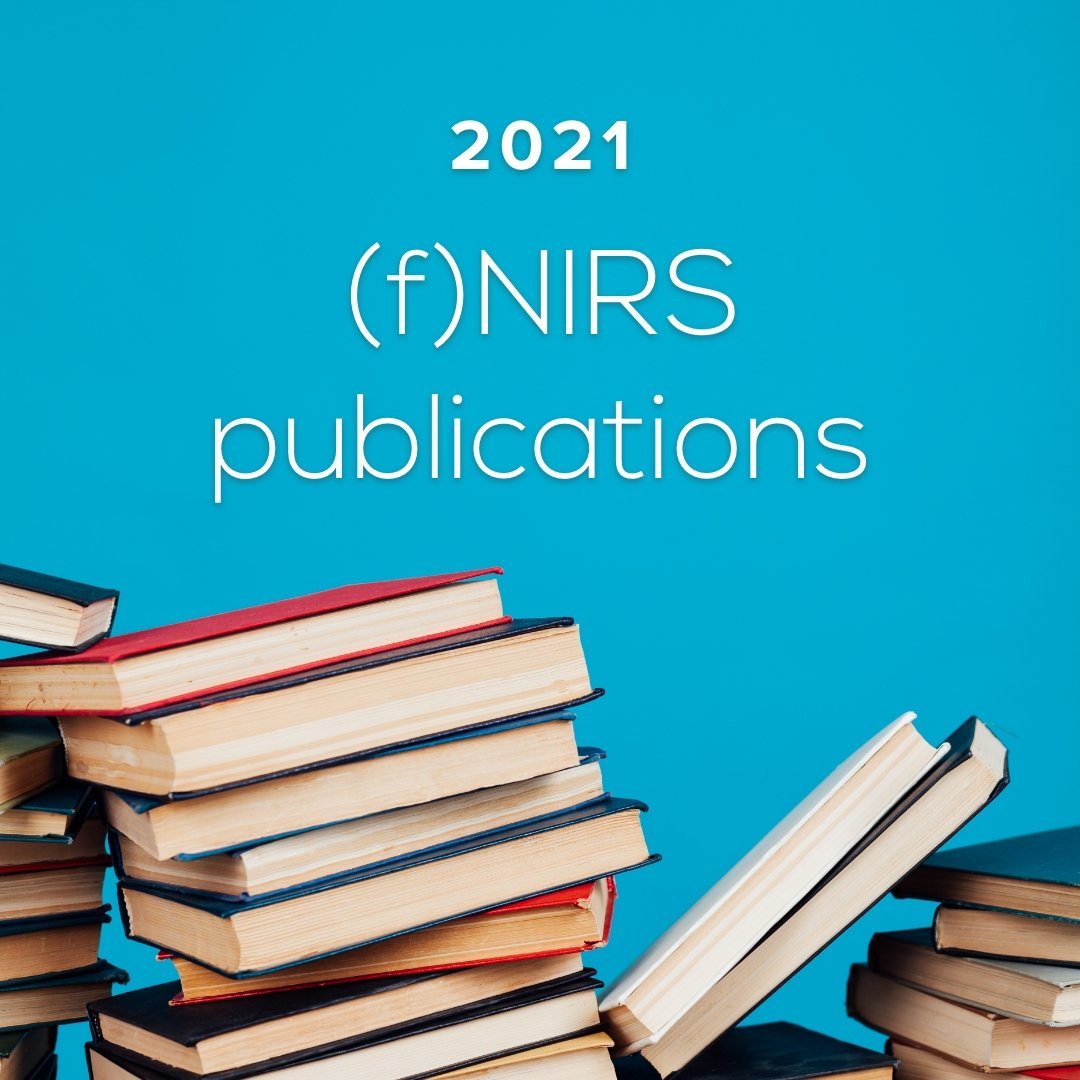
2021 Publication overview with Artinis Near-Infrared Spectroscopy (NIRS) devices
More than 110 papers using our (f)NIRS devices in neuro- and sports science areas were submitted last year. This blog post gives an overview of all papers published in 2021 using Artinis (f)NIRS devices for different application fields/categories, including cortical brain research, sport science, clinical and rehabilitation, hypoxia research, hyperscanning and multimodality.
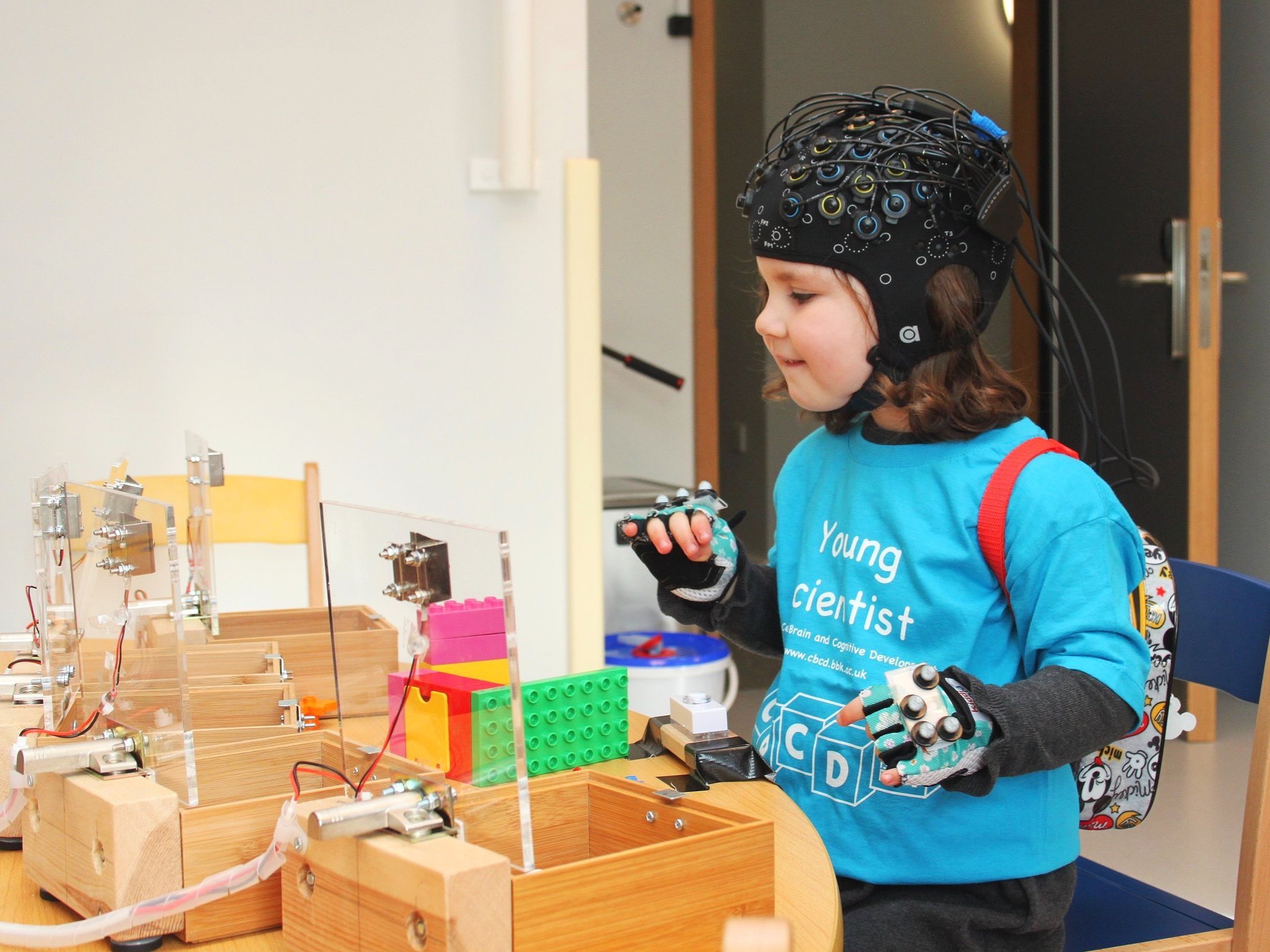
Exploring early brain development in real-world settings: an interview with Dr. Paola Pinti
Dr. Paola Pinti is a Senior Research Laboratory Developer in the Birkbeck ToddlerLab. In this interview, she shares her experience in neuroscience, her work in the ToddlerLab, and the usage of a multimodal set-up to investigate behavior and brain of preschool children.
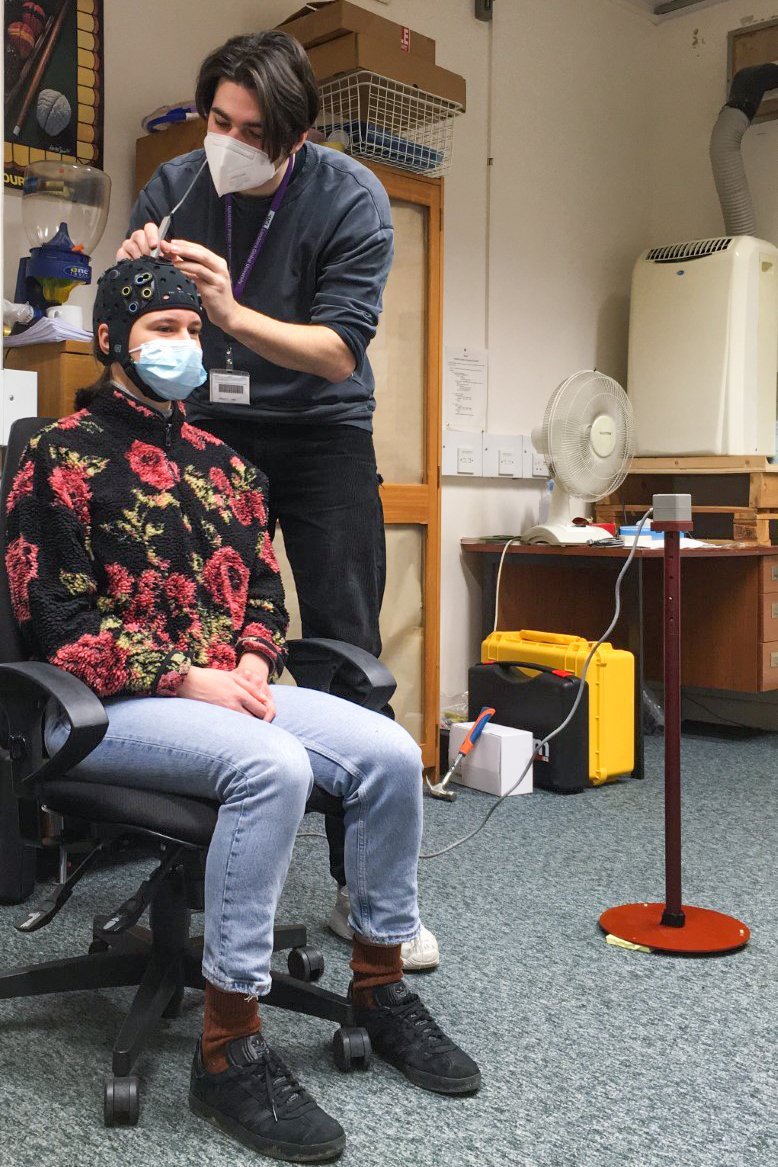
Integrating real-time fNIRS with biofeedback to promote fluency in people who stutter
Over at the Speech Lab here in University College London, we are in the midst of data collection with the wearable fNIRS system, Brite. We’ve been investigating the hemodynamic biomarkers of stuttering along with cortical responses of altered feedback during speech.
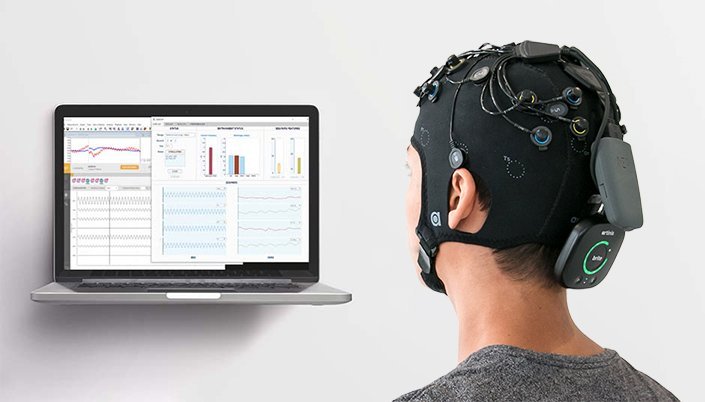
The Starstim fNIRS - Combining tES brain stimulation and EEG + fNIRS neuroimaging in one headcap
Starstim fNIRS is the most adaptable solution to combine tES brain stimulation with EEG and fNIRS neuroimaging in one single wireless and wearable system – and what makes it the most versatile solution for researchers and clinicians in many application areas. The possibility to combine tES with multiple neuroimaging modalities in one device facilitates altering human behavior and acquiring a more complete picture of the brain. It further increases application possibilities and reduces set-up and measurement time.

Set up the PortaMon in 6 steps - NIRS device for muscle oxygenation measurements
With the PortaMon, it is possible to perform both online measurements easily through Bluetooth connection, as well as offline measurements over a larger distance, as data can be stored on the device and downloaded afterward. Watch our newest video and discover how to correctly set up the PortaMon in only six easy steps!
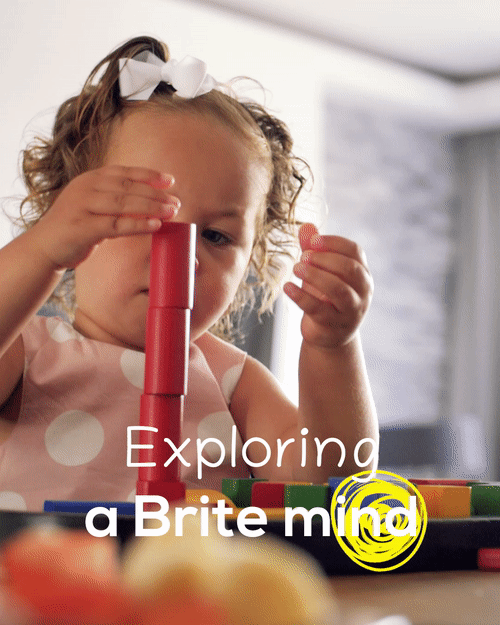
Using fNIRS to study infants and babies brain – exploring a Brite mind
In the first years of life, the brain shows the fastest and most significant growth. This time period is also crucial for discovering the onset of cognitive deficits and several neuropsychiatric disorders. Hence, proper brain development in infants builds the foundation for a successful and healthy future as an adult.
